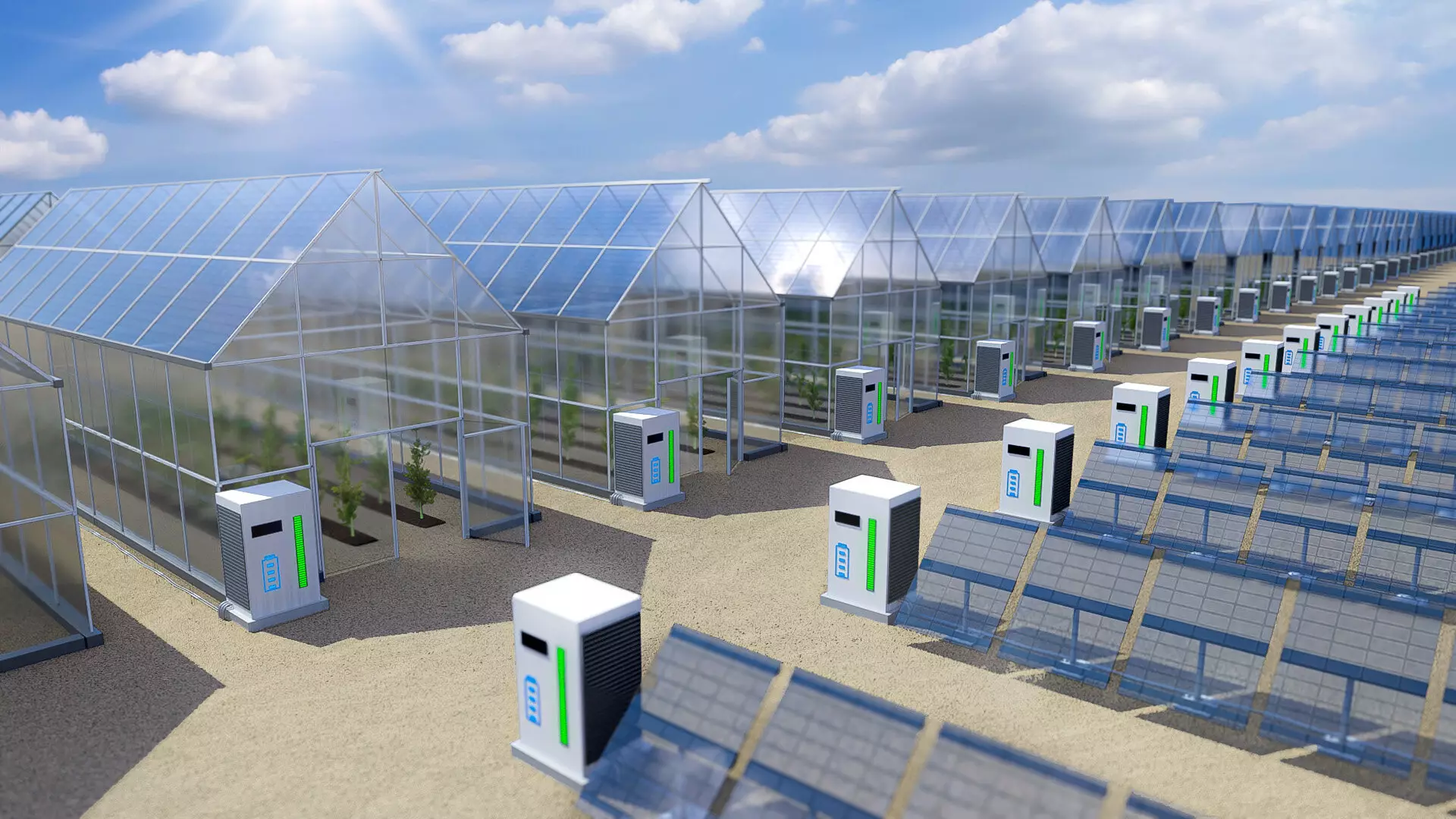The advancement of technology in the field of solar energy is paving the way for a revolutionary transformation in the appearance and functionality of infrastructure. The development of transparent solar cells is opening up new possibilities for integrating solar panels into various surfaces, thereby expanding the potential for harnessing renewable energy. Recent research has focused on the use of non-fullerene acceptors in the production of semitransparent organic photovoltaics, with the goal of enhancing efficiency and transparency in solar cell technology.
Traditional silicon-based solar cells have limitations in terms of flexibility and transparency, making them less suitable for integrated applications such as windows, facades, and greenhouses. Organic photovoltaics, on the other hand, offer the advantage of flexibility and transparency, allowing for a wider range of applications. However, the challenge lies in balancing transparency with efficiency, as more transparent solar cells tend to capture less light for electricity production. Non-fullerene acceptors have emerged as promising materials for addressing this challenge, as they have demonstrated the ability to generate charges without the need for a donor-acceptor interface when exposed to sunlight.
Recent studies have shown that non-fullerene acceptors, like Y6, can spontaneously generate charges through the exciton splitting process, resulting in improved efficiency in organic photovoltaics. These acceptors, which strongly absorb near-infrared light, exhibit high transparency in the visible spectrum, offering the potential for creating semitransparent solar cells. By incorporating a minimal amount of visible light-absorbing donor materials in a heterojunction, researchers have been able to enhance charge generation and improve overall efficiency in these devices.
The research conducted by a team led by Derya Baran and Anirudh Sharma has shed light on the potential of non-fullerene acceptors in developing transparent and efficient organic photovoltaics. The team’s work, published in the journal Advanced Materials, has challenged existing notions about the operation of these devices and has opened up new avenues for exploration in the field. By investigating the photophysics of next-generation non-fullerene acceptors, the researchers aim to gain a deeper understanding of charge transport mechanisms and optimize the performance of homo-junction devices.
The utilization of non-fullerene acceptors in the development of transparent solar cells represents a significant advancement in solar technology. By harnessing the unique properties of these materials, researchers have been able to create semitransparent organic photovoltaics with high efficiency and transparency. As further research is conducted to enhance the understanding of charge generation and transport mechanisms in these devices, the potential for widespread adoption of transparent solar cells in building-integrated applications continues to grow. The future of solar energy looks brighter than ever, thanks to innovations that are pushing the boundaries of what is possible with renewable energy technology.


Leave a Reply